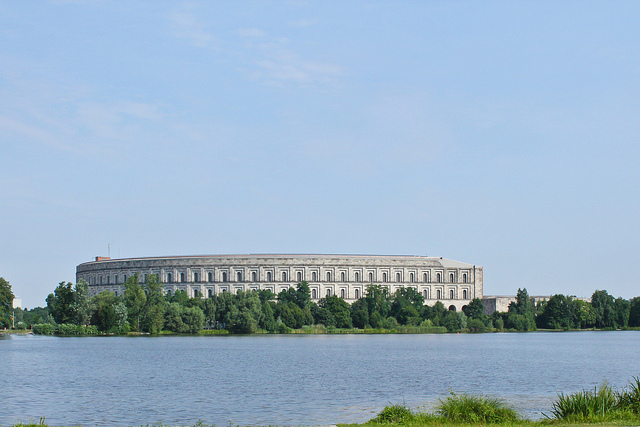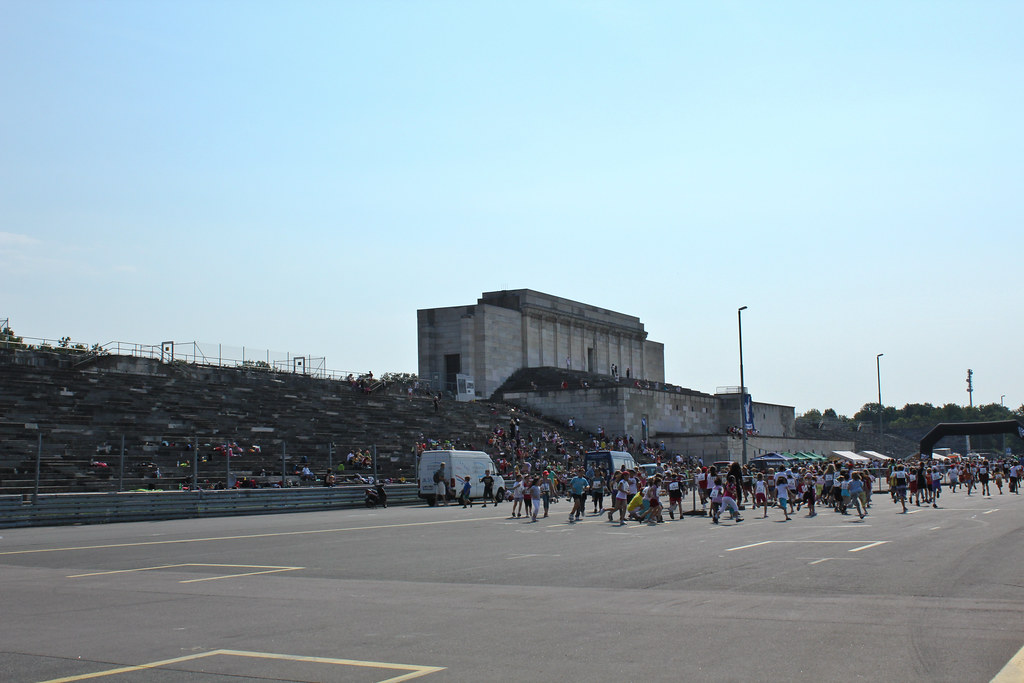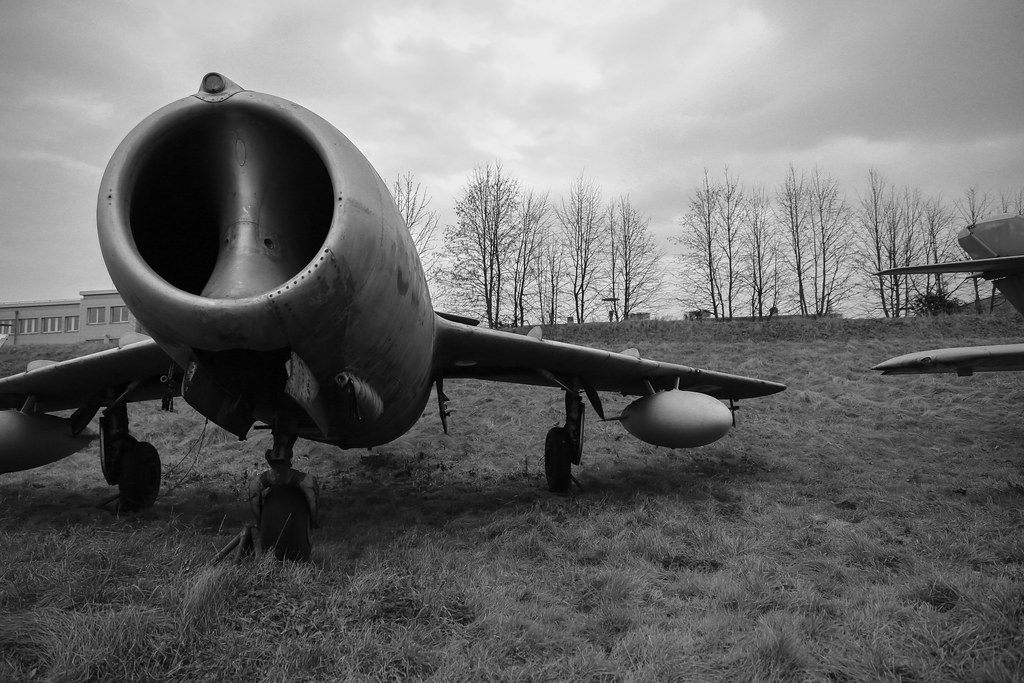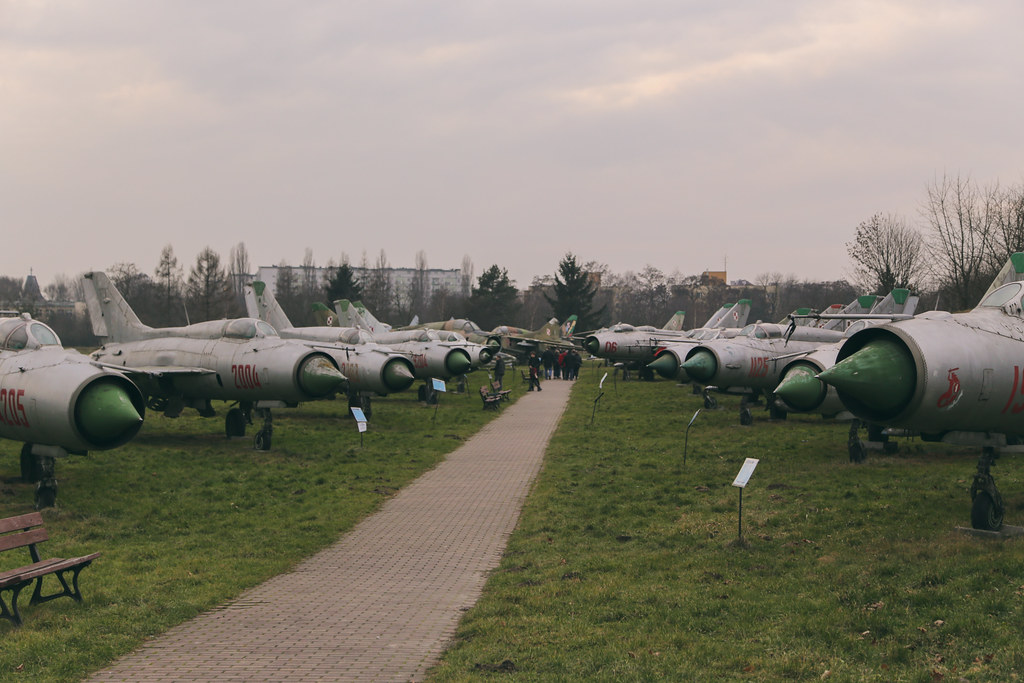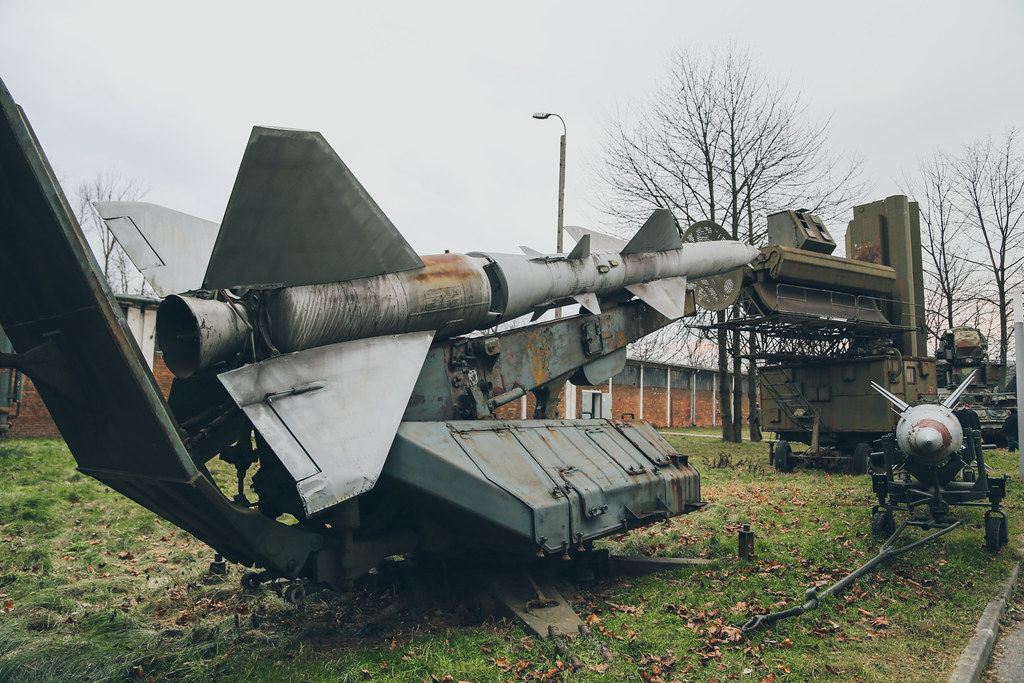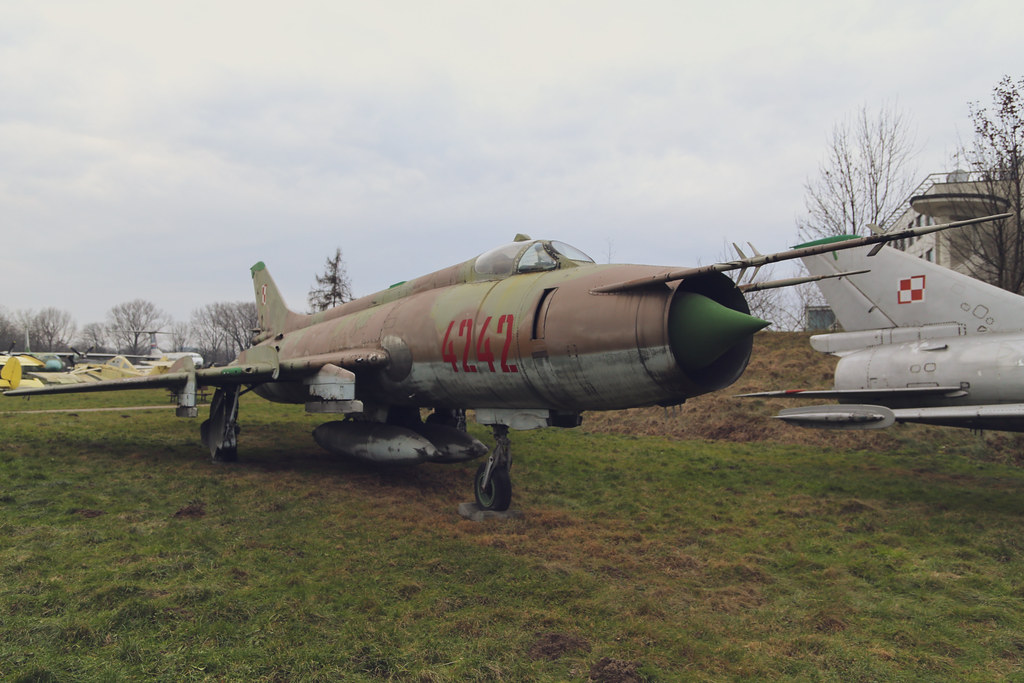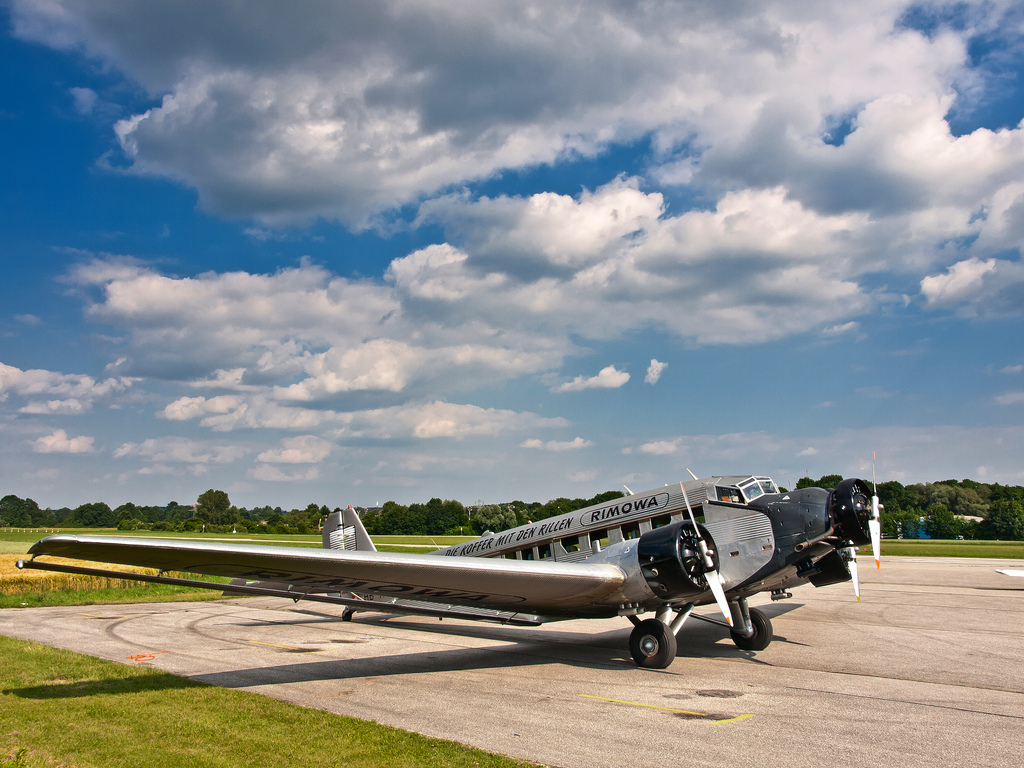One of Lufthansa’s side projects is restoring vintage airframes and showing them off at airshows and museums. One of the airframes is a Junkers Ju-52 that saw service in Germany and Norway before being sold to Ecuador. An American bought the aircraft after that and in 1984 Lufthansa bought her back, restored her and now flies her on sightseeing trips. A while back I wrote about my desire to ride on this plane and during the summer I did just that.
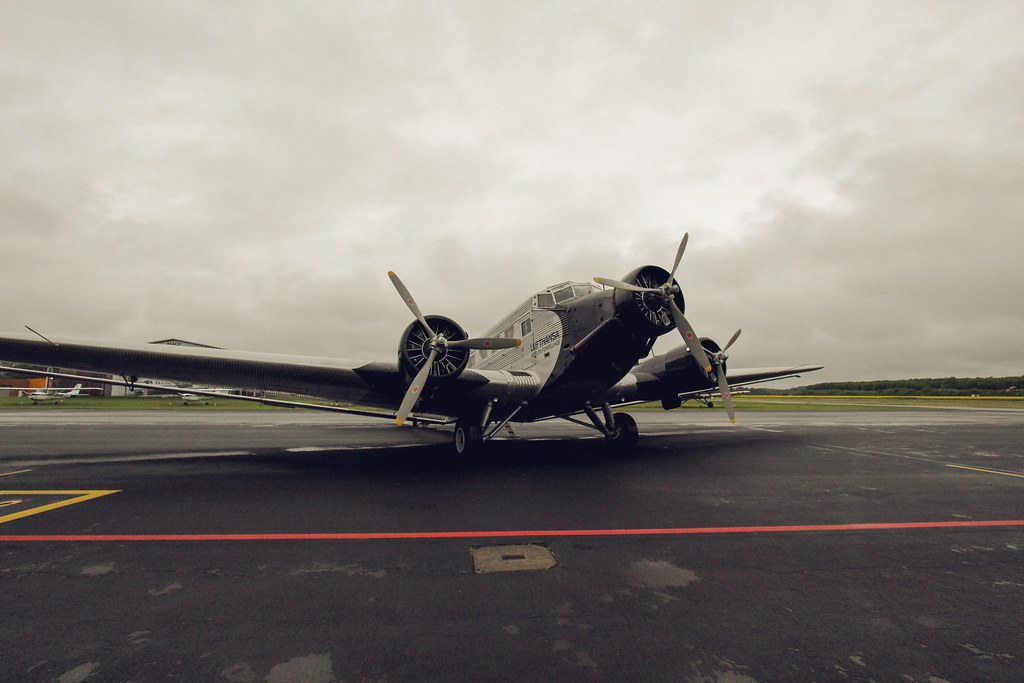
Deutsche Lufthansa Berlin Stiftung offers sightseeing flights and an option for point to point flights. The point to point flights take you from one airport in Germany to another, giving you a chance to explore some of the smaller airfields in the country. I decided to buy a ticket and a seat on one of the point to point offerings. Choosing the flight ended up being the challenge. Some of the airfields are merely grass strips with no nearby German rail stations, leaving passengers relying on taxis or family/friends to pick them up. The other issue is that a lot of the flying is done on weekdays. I needed to be in Germany on a Friday and back in New York City by Monday afternoon, again, limiting my choices on which flights I could take.
I found a flight from Köln to Egelsach, a small airfield south of Frankfurt, on a Sunday and booked it. I decided to fly Newark to Stuttgart since there was decent upgrade space available then take a train to Munich to visit friends, then take another train to drop my stuff at the Frankfurt airport and continue on to Köln on Sunday.
On arrival to Köln I did a little planespotting. They have a great visitor deck with three tiers of viewing space. Visitors get a great view of two of the runways, the passenger terminal area and tarmac and a perfect view of the cargo area. There were a number of families visiting and a ton of spotters (around 30-40).
The Ju-52 was actually doing a few sightseeing flights over Köln and it taxied out while I was on the viewing terrace. Everyone was in awe and the noise of camera shutters filled the air.
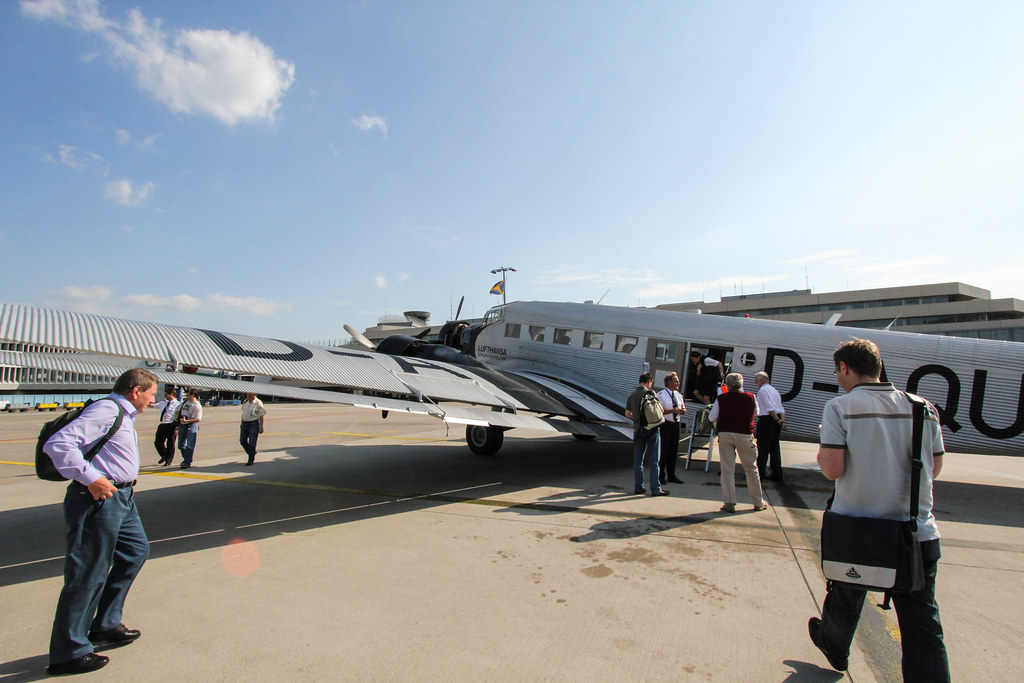
Eventually I walked over to the meeting place for the flight, the general aviation terminal, and collected my boarding pass. Soon all of the passengers were gathered and led through a quick security check before heading for the aircraft in vans. The pilots, flight engineer, and flight attendant were waiting for us and the passengers made their way around the plane for a quick set of pictures in the beautiful weather. The crew was trying to gather everyone and I was unable to take any good shots in Köln (more on this later).
The pilots gave an introduction, in German, of the plane and their experience, they are all Lufthansa pilots who do this for fun. Our crew today consisted of a 747 pilot and an A330 pilot. I did not catch what aircraft the flight engineer operated. My German is so-so and I have trouble following some conversations and when we boarded they started giving some very detailed descriptions of the safety procedures and I wasn’t able to follow all of it. I asked the flight attendant if she could give some of it in English. She apologized profusely and explained they don’t get a lot of non-German passengers on these flights. My hat is off to her for taking a few extra minutes to point out the finer details of what should be done in an emergency in English.

We taxied out and were off. The pilot took us on a bit of a scenic tour of the Rhine and overflew a small airfield on our way to Egelsbach, then he doubled back and gave a low pass to a large number of glider pilots and bystanders (all of whom seemed to have their cameras out). We continued on to Egelsbach and on the way the flight engineer left the cockpit and we were told we could visit the flight deck. I made my way forward and pilots handed me a headset and said they understood I spoke English. I asked a few questions and they pointed out the window that the weather was starting to deteriorate and that I should make my way back to my seat.
The entire flight experience was, put simply, incredible. The roar of the radial engines was drowned out a little bit by the modern insulation in the plane, but the noise was still fantastic. As we flew through light turbulence you could feel the plane react as the pilots compensated. Making wide turns you could feel the pilots working the pedals to make sure the turn was coordinated. It was classic stick and rudder flying and I think I was smiling the entire time.

The ceiling kept dropping and dropping. My understanding is that they can fly the aircraft purely on instruments but like to stay out of the clouds for the passenger experience (the entire flight we never really climbed higher than 1,500 feet). Eventually we flew by Mainz and Wiesbaden and made a wide sweeping turn to Egelsbach before making a pretty cool landing.
Junkers Ju-52 Landing at Egelsbach from Stephan Segraves on Vimeo.
The weather was terrible when we landed and I got some raindrops on the lens while trying to grab some photos of the Ju-52. None of the shots really came out the way I wanted and I am still kicking myself for not grabbing more photos while in Köln. If you have a love of aviation and aviation history I highly recommend you find a way to take a ride on this plane. From the cabin to the sound of the engines to the enthusiasm of the crew, the whole experience was fantastic. You can learn more about the rides and the aircraft itself by visiting the Deutsche Lufthansa Berlin Stiftung website.
I have shared some pictures below and will be uploading more as I have time. If you’d like, you can see the entire set by visiting it here, on Flickr. I should note, if you take this trip, don’t bring a backpack. There is very little room onboard, especially near your feet. You are much better served just bringing a camera.
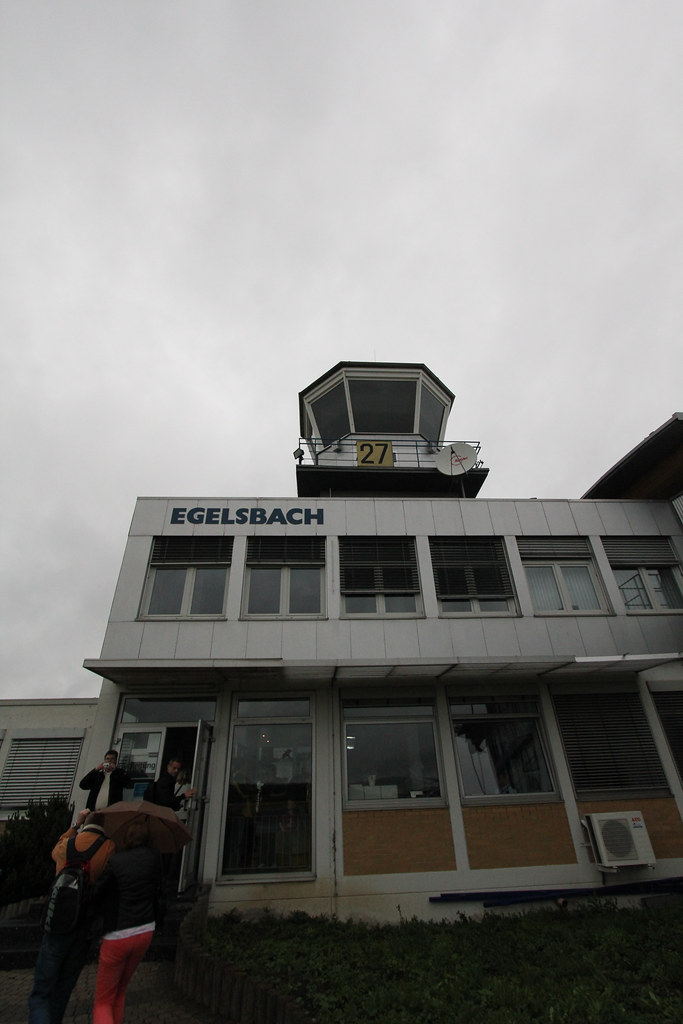
Egelsbach Airport
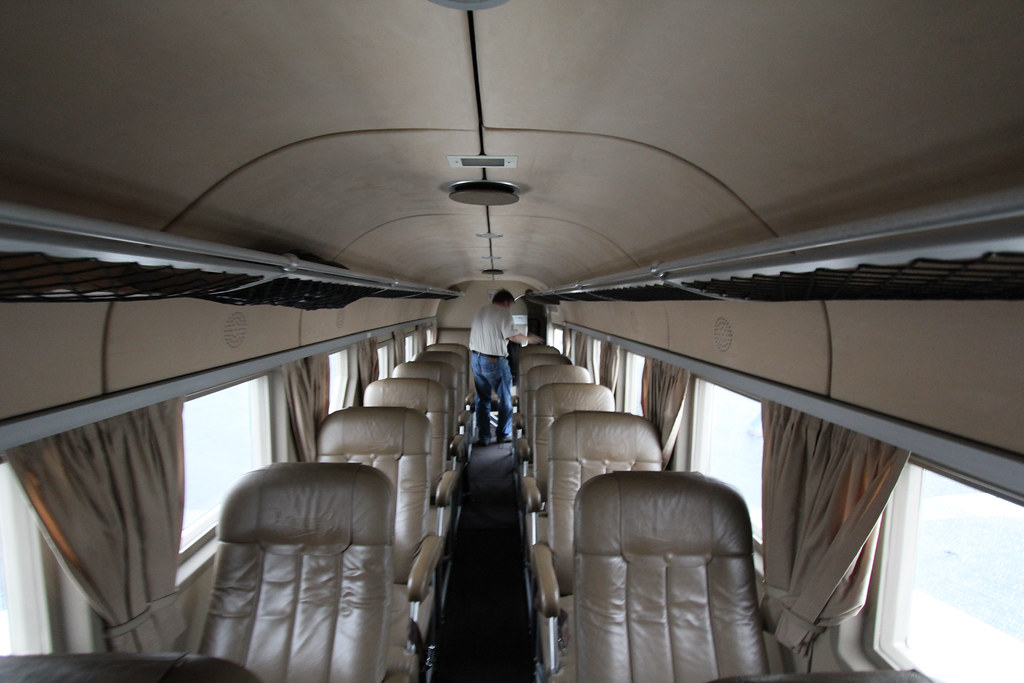
Ju-52 Interior
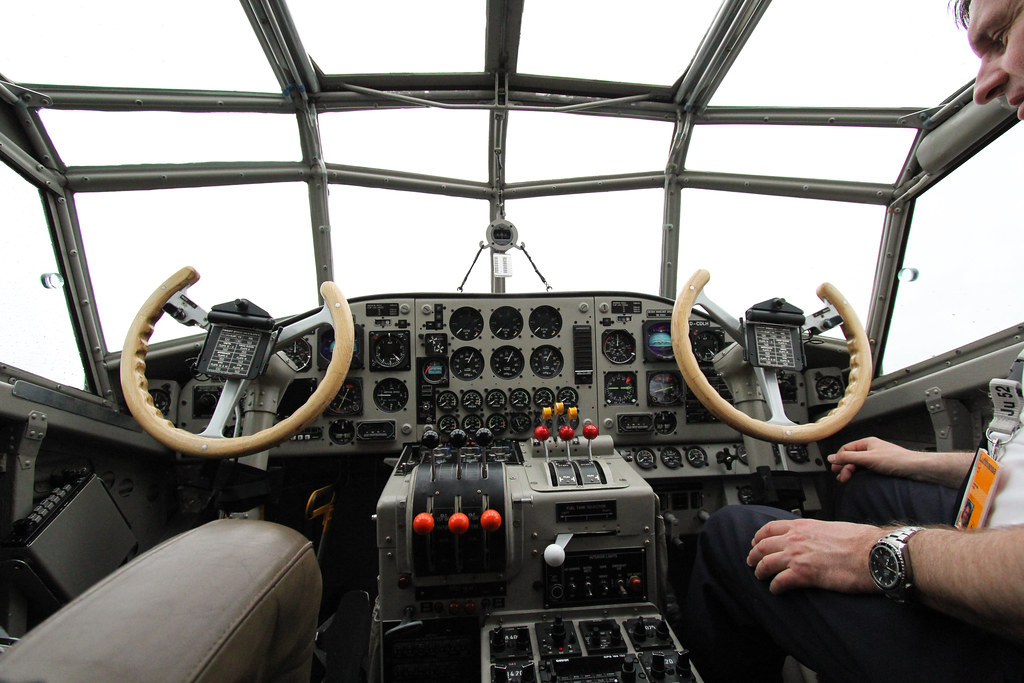
Ju-52 Cockpit
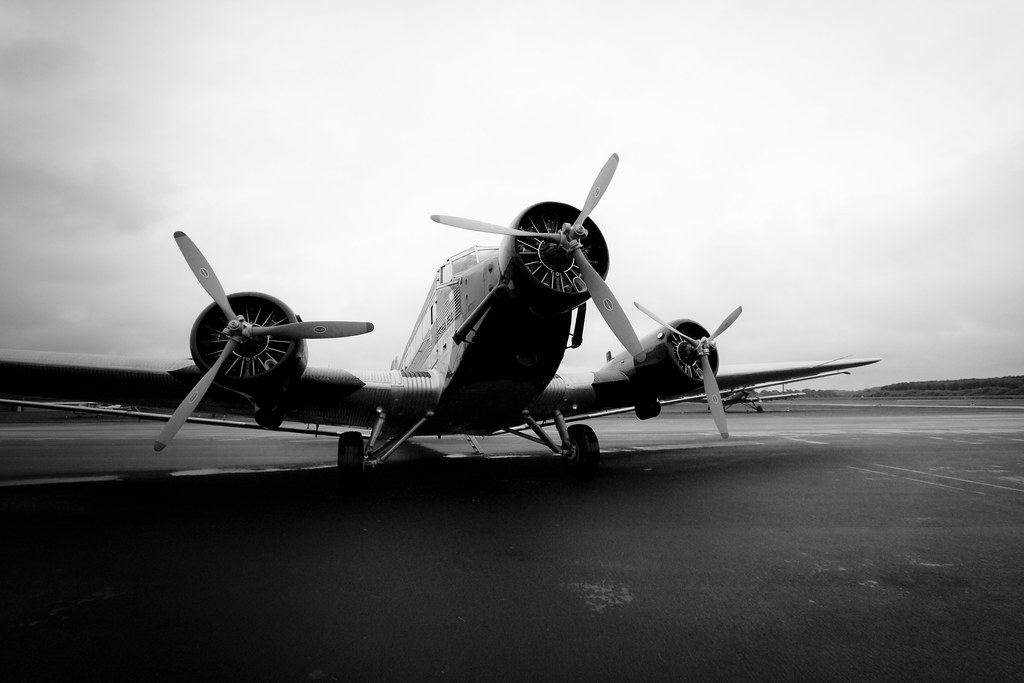
Ju-52 Parked At Egelsbach

